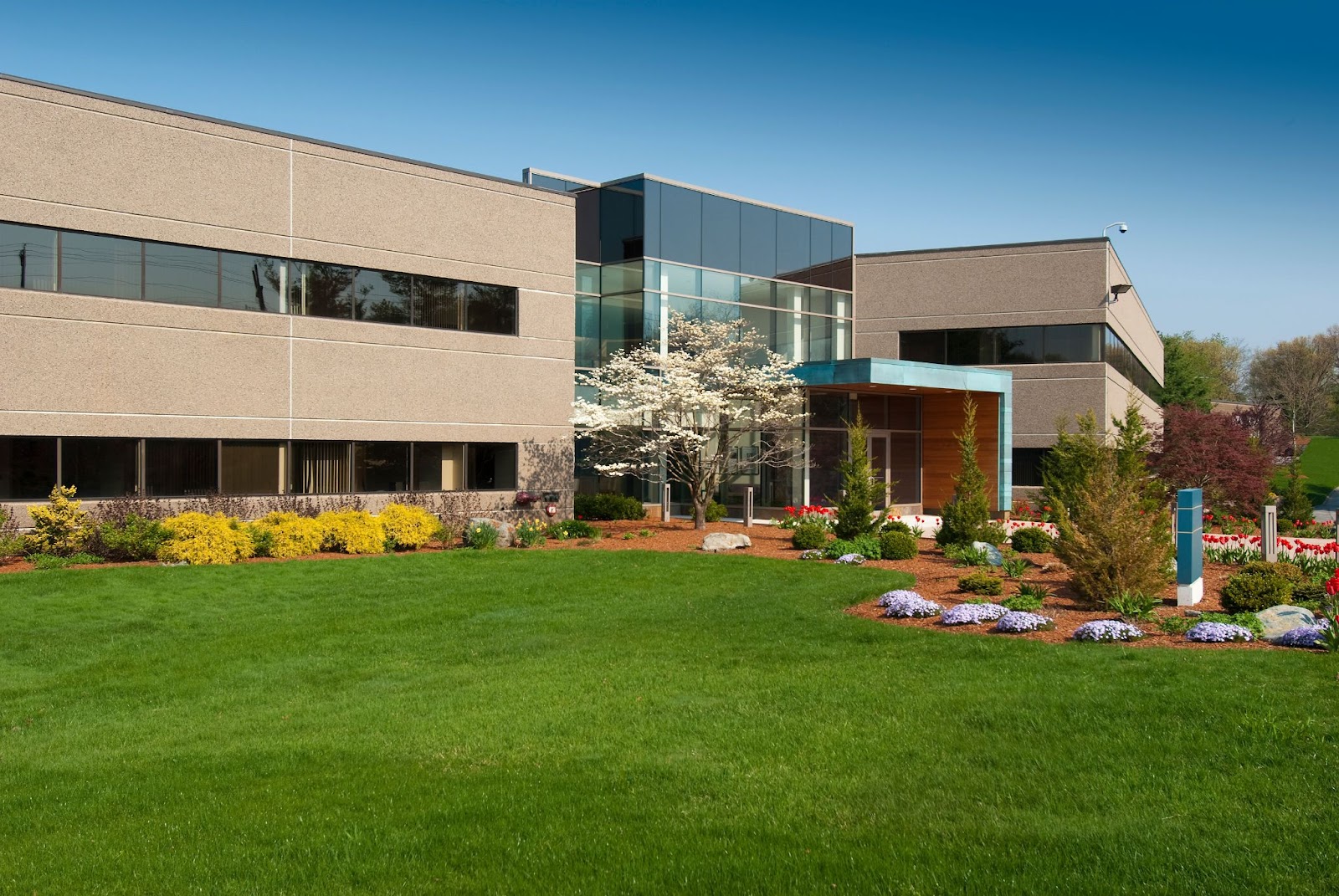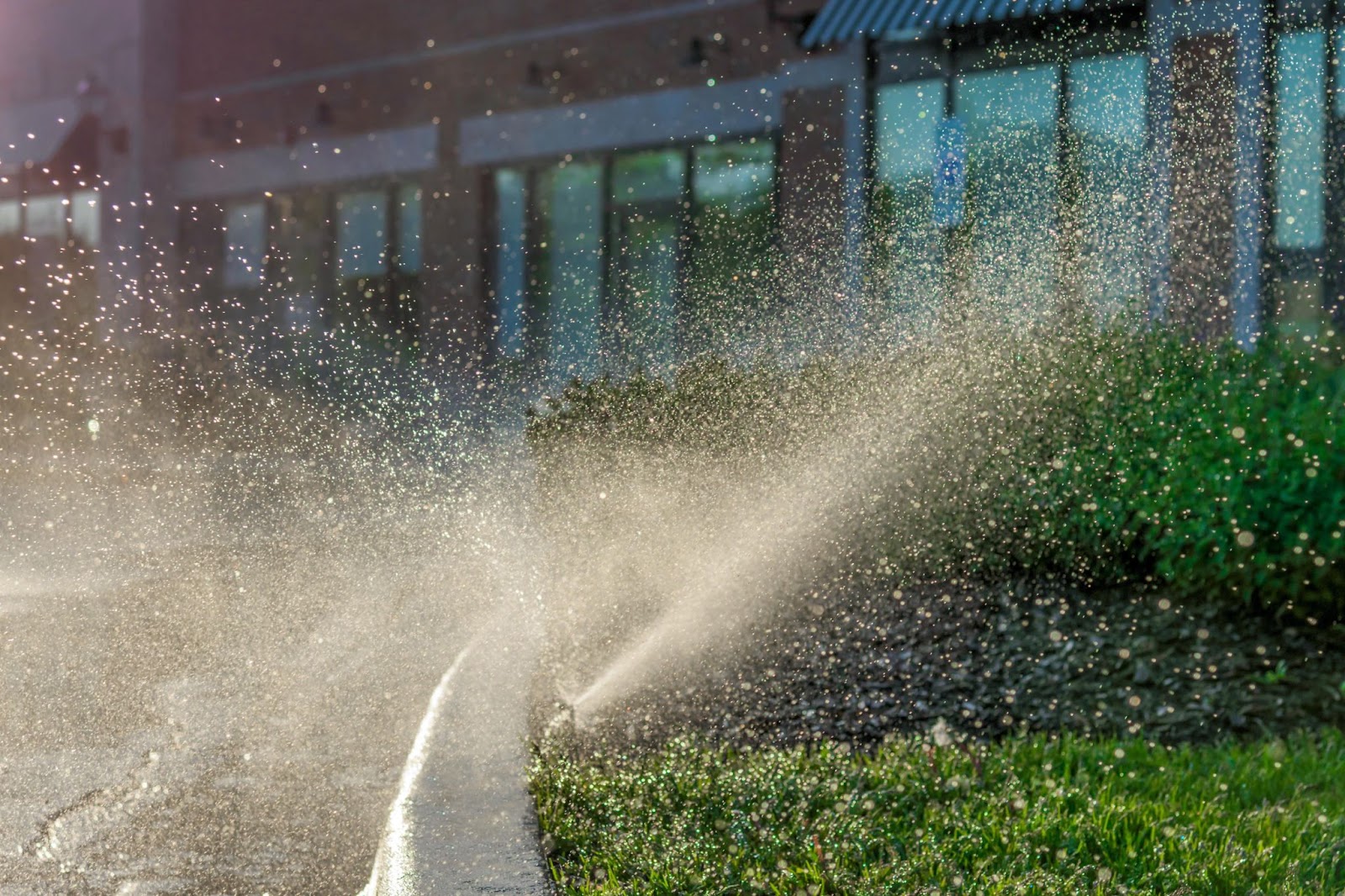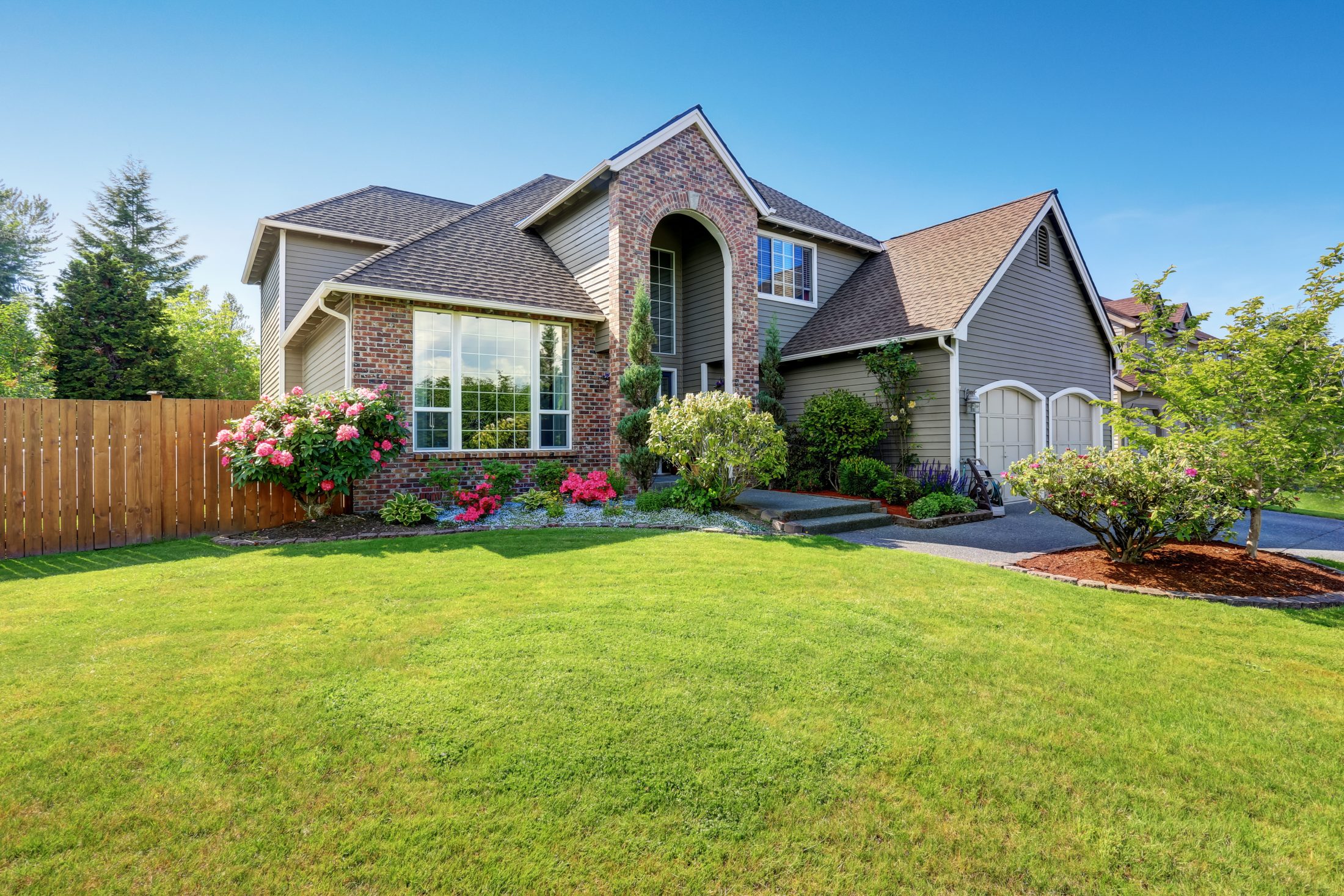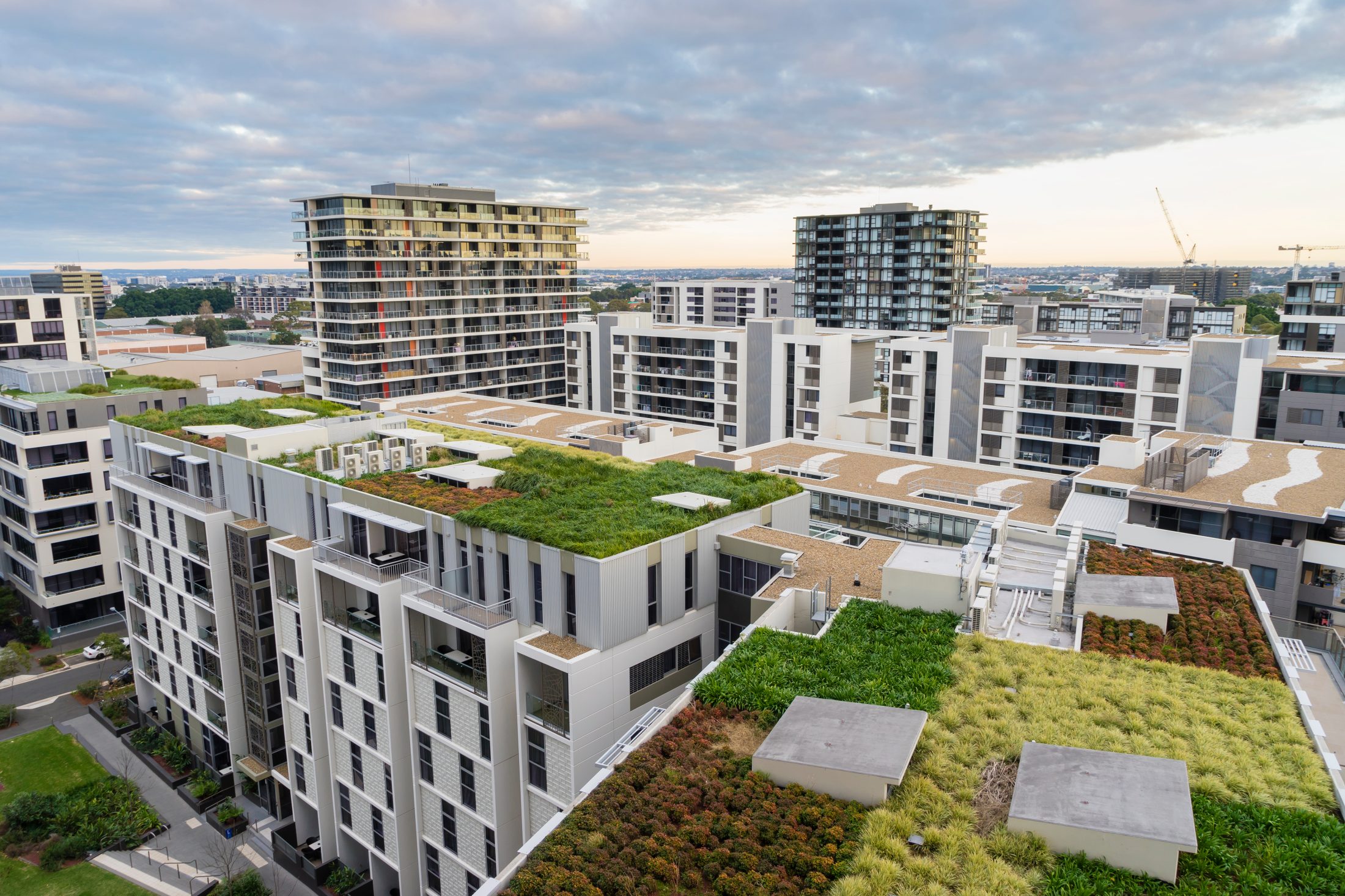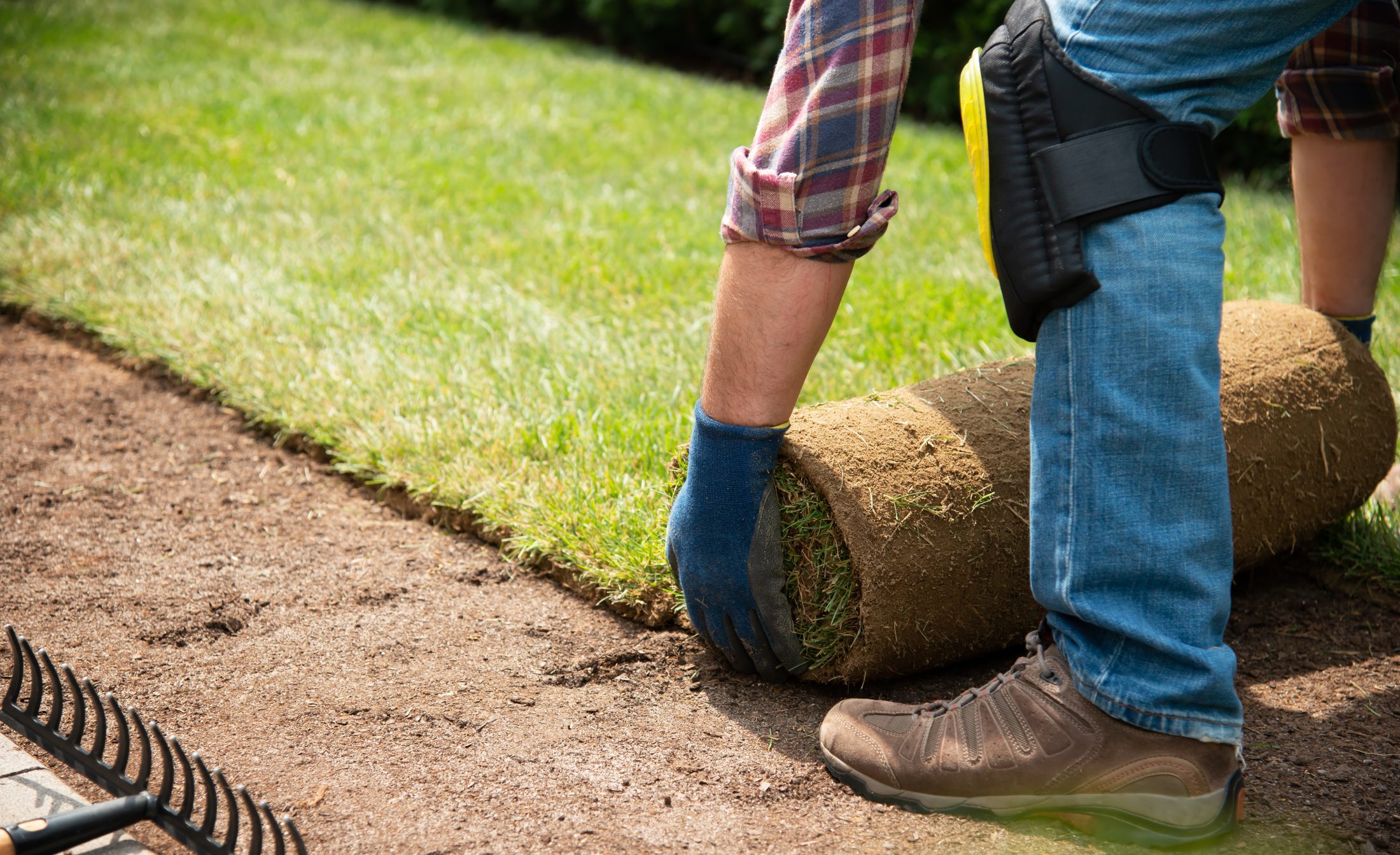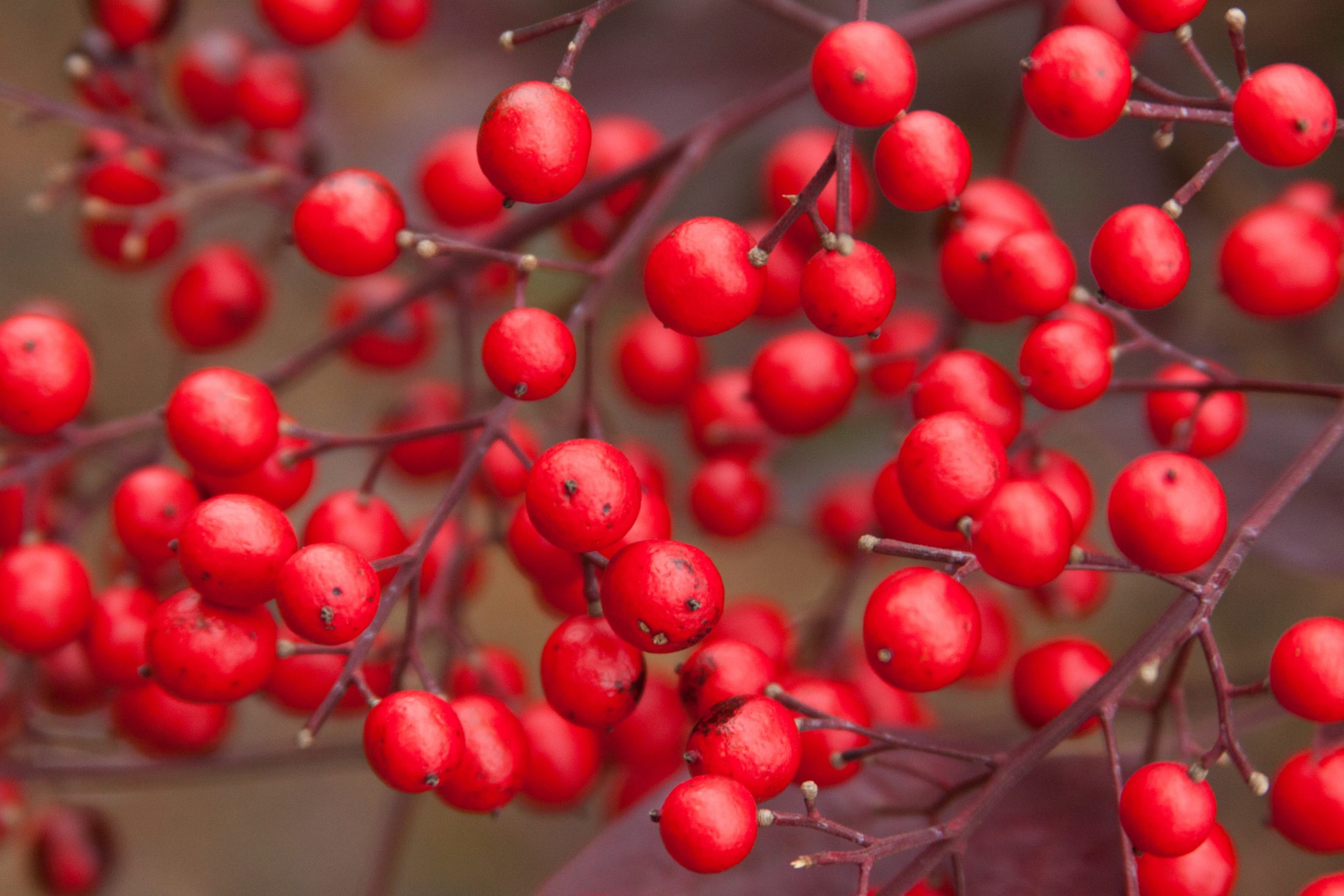Adding an interior garden to your office building is a decision that can bring remarkable benefits. Beyond the aesthetic appeal, landscaping with plants and greenery promotes a healthier lifestyle and even offers potential cost savings. In this article, we will explore the advantages of incorporating interior gardens in your workspace and how they can positively impact your employees and business.


